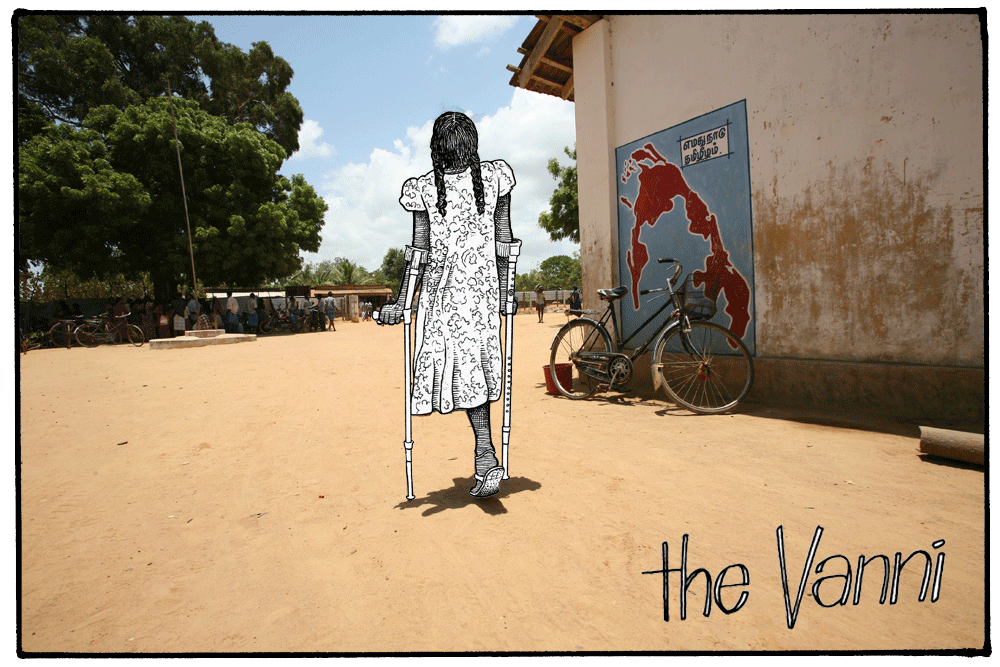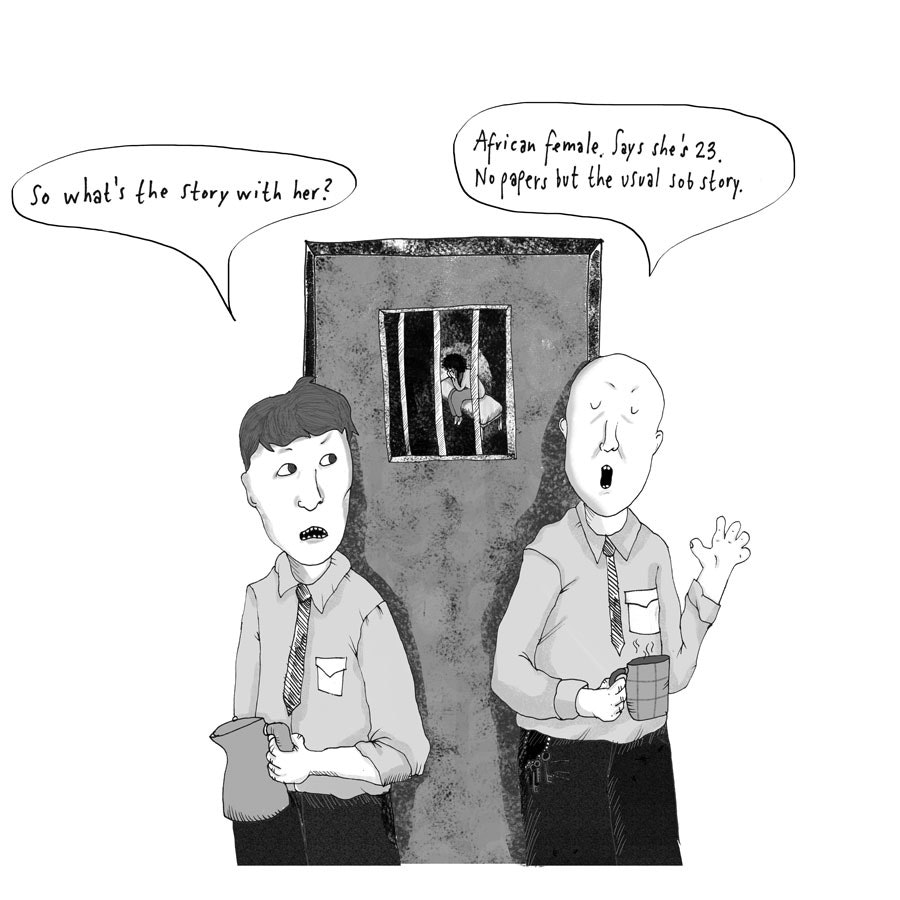Moving Pictures

It was Boxing Day 2004 when Ben Dix, founder of British literary comic publisher PositiveNegatives, got the call. A university friend, stationed in the Tamil Tiger-held region of Vanni in northern Sri Lanka, was asking if he'd come and help. It was the day of the tsunami that killed 230,000 people, one of the deadliest natural disasters ever recorded.
Dix, a photojournalist, got on a plane for what he thought would be a 10-day trip. He ended up staying for four years, working at the United Nations to help find food and shelter for 300,000 displaced locals. It was during that time that Dix first came across Art Spiegelman’s Maus, the Pulitzer Prize-winning graphic novel charting Spiegelman’s father’s experience in the Holocaust as a Polish Jew.
Before Maus, Dix’s only exposure to comics came from reading Calvin and Hobbes and Asterix. But as he huddled in bunkers during air raids and artillery fire, Dix was struck by how simply and powerfully Spiegelman was able to render the complexities of identity, memory, and trauma in graphic form.
With violence between government and Tamil forces intensifying, the Sri Lankan government ordered the UN to evacuate the region in September 2008. Dix returned to London with post-traumatic stress disorder and a fierce determination to tell the stories of those he’d left behind.
He travelled to meet refugee families and record their experiences, and worked with illustrator Lindsay Pollock to conceptualize them into a graphic storyline. Dix also embarked on a Ph.D. in anthropology to systematically research the production of the comic. The result of all his work? The Vanni, a 200-page graphic novel about the conflict, told through one Sri Lankan family’s eyes, and an accompanying thesis on the methodology and ethics of producing such a complex piece of graphic literature.

Dix has since brought to life stories about crack-cocaine addicts in Guinea Bissau, a Nigerian woman trafficked to London (Abike's story, below), and the plight of African and Asian migrants in the Persian Gulf. At every stage, Dix works alongside his subjects to ensure he’s best reflecting their experiences, and their stories have become a powerful educational tool, illustrating complex, often abstract issues including migration, human trafficking, and drug addiction at the most human level.



A chance meeting with an IDEO designer led Dix to our London studio, where we collaborated on a three-day long pro bono sprint to develop his stories into scalable, interactive teaching tools for classrooms. We designed and prototyped a WhatsApp-based multimedia story about Merha, an Eritrean refugee fleeing to London to escape persecution, as well as an app-based version of Merha’s story, including buttons and swipes on each frame of the story, so readers could learn more.

Dix’s next step is to secure funding to build out the app and develop lesson plans to roll out across schools internationally. But in the meantime, he’s not standing still. Dix is already testing a lo-fi version of the educational tool—an interactive PDF—in 300 schools across 26 countries including Brazil, Sri Lanka, Democratic Republic Of Congo, the UAE, and many others. His next comic? Capturing the story of the Yazidi community fleeing ISIS in Syria.
Words and art

Subscribe

.svg)







